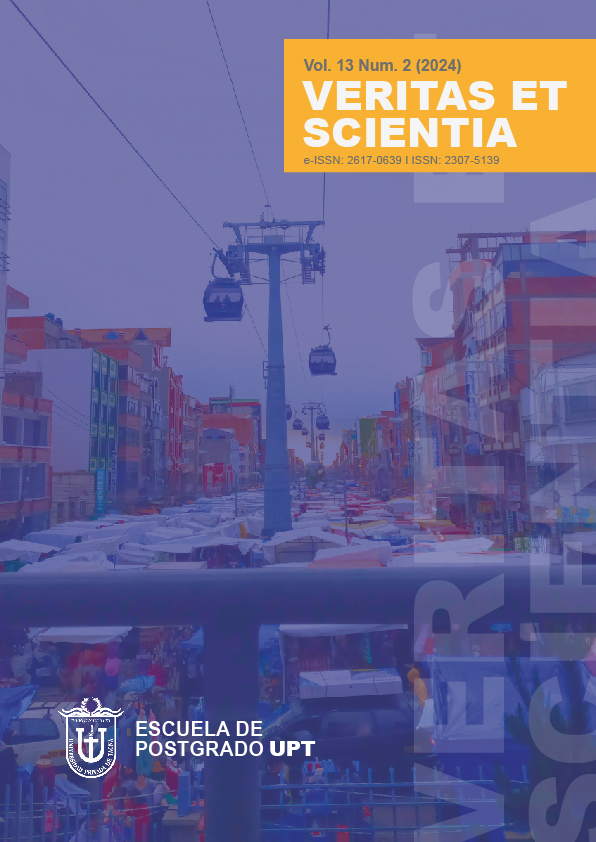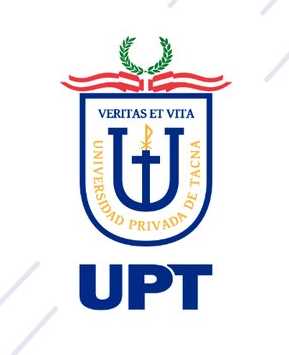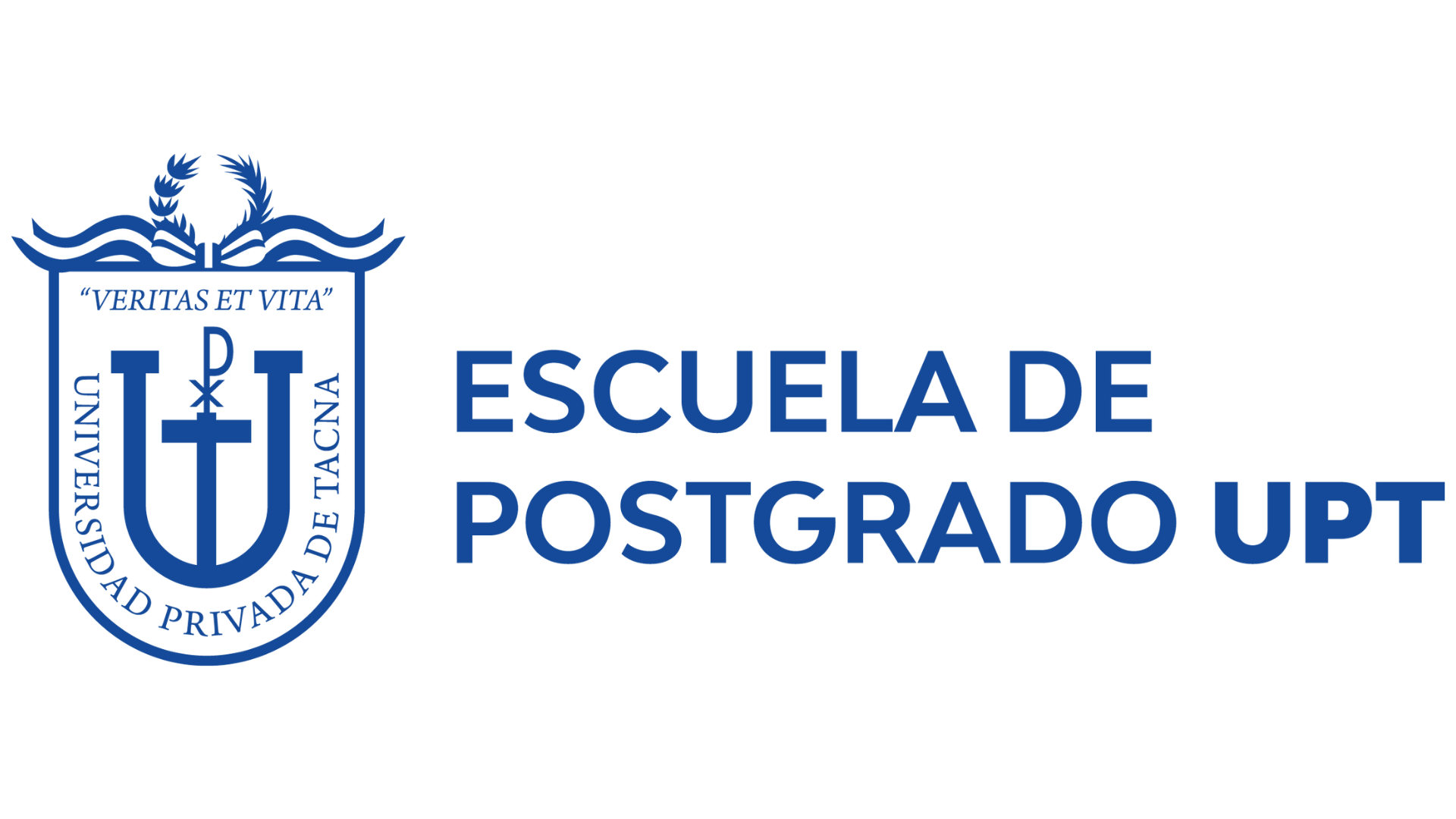Cuerpos y modalidades de trabajo en el comercio vacuno a principios del siglo XX entre San Pedro de Atacama y Calama, Chile
DOI:
https://doi.org/10.47796/ves.v13i2.1141Keywords:
Remesero, Body, Discipline, Docility SchemeAbstract
At the beginning of the 20th century, the interior of the Antofagasta Region underwent significant transformations in social relations driven by the global demand for raw materials. The nutritional needs of the mining population prompted the use and continuity of ancient routes, some of which connected transborder spaces. These pathways became integrated into the contemporary expansion of global capitalism. By the early 20th century, companies backed by foreign capital and headquartered in Valparaíso utilized these routes for the trade and supply of meat to mining enclaves. These enterprises implemented labor modalities that prioritized efficiency as a central aspect of cattle distribution. Within this context, the nature of labor entailed the bodily disciplining and organization of remeseros—workers tasked specifically with driving cattle along an ancient route that connected the ayllus of San Pedro de Atacama to what is now the city of Calama.
Downloads
Downloads
Published
How to Cite
Issue
Section
License
Copyright (c) 2024 Cristian Baeza Bernal

This work is licensed under a Creative Commons Attribution 4.0 International License.













